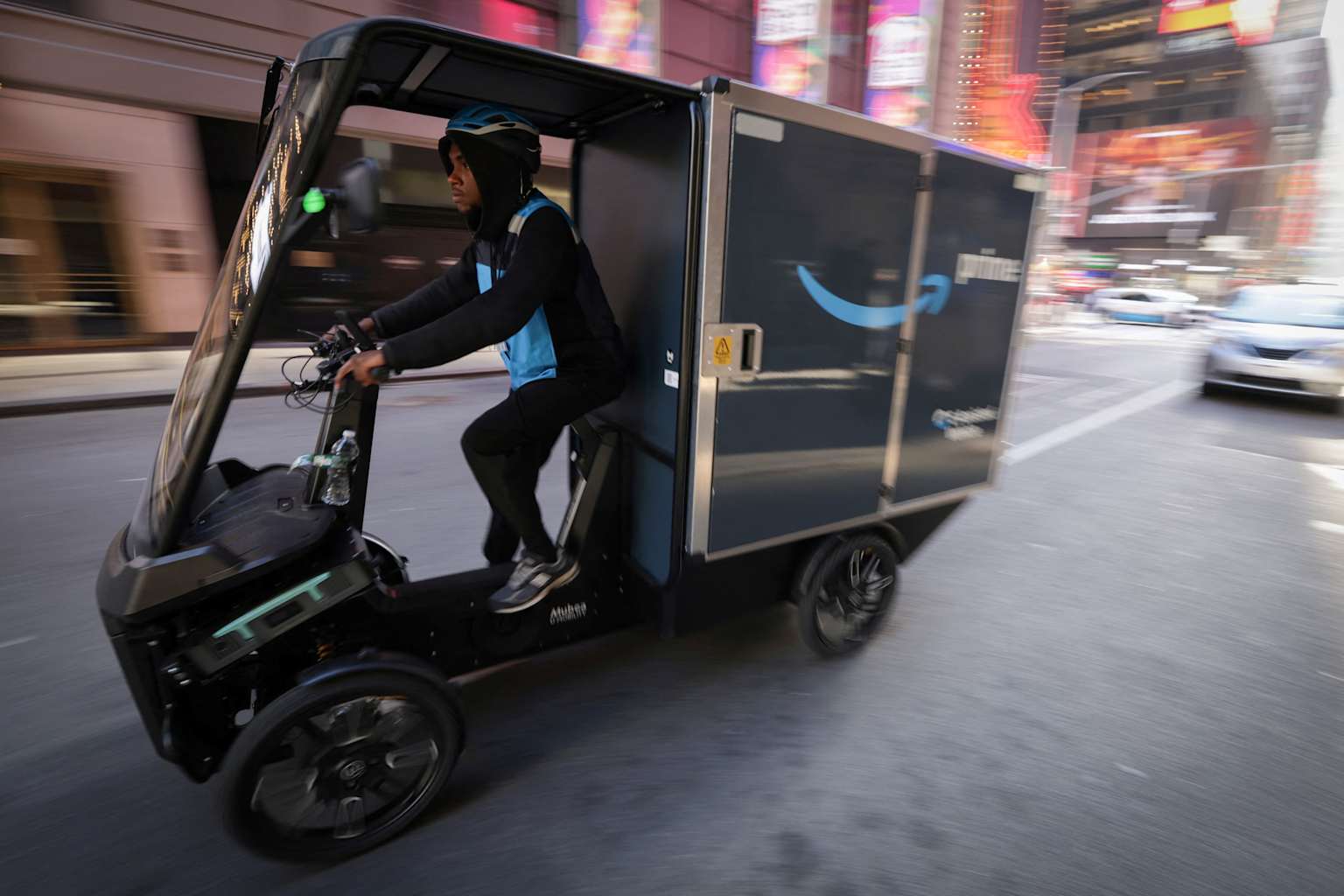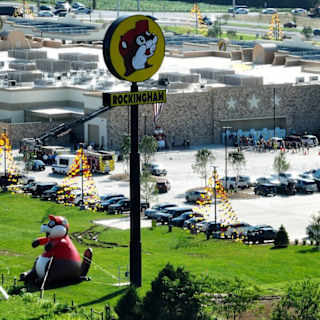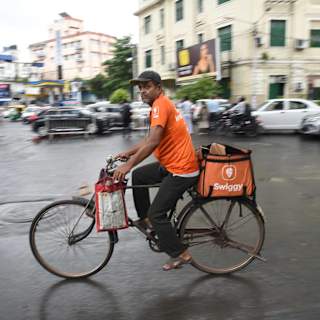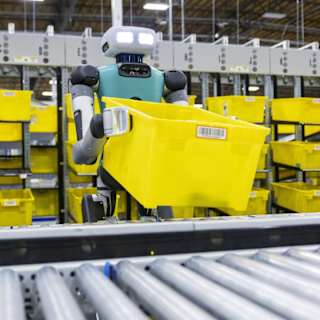- Immediate Impact on Rural Communities
- Competitive Landscape
- Economic Implications
Amazon announced plans today to expand same-day and next-day delivery services to more than 4,000 smaller cities, towns, and rural communities across the United States by the end of 2025, extending its Prime delivery network to tens of millions of customers who have historically faced longer shipping times.
The expansion builds on a $4 billion investment Amazon announced earlier this year to triple its rural delivery network by 2026, positioning the e-commerce giant to compete more directly with Walmart's growing delivery capabilities while other major carriers retreat from rural markets.

Amazon's move will bring same-day delivery speeds to areas stretching from North Padre Island, Texas, to North Pole, Alaska, fundamentally altering shopping patterns for customers who typically live farther from brick-and-mortar retailers12. The company reports that items delivered same or next day in the U.S. have increased over 30% this year compared to the same period last year12.
"Whether you live in Monmouth, Iowa or in downtown Los Angeles, now you're going to have the same fantastic Amazon customer experience," said Doug Herrington, CEO of Worldwide Amazon Stores2.
The response in the more than 1,000 communities where Amazon has already launched faster delivery has been positive, with customers shopping more frequently and purchasing household essentials at higher rates12. Of the top 50 repurchased items for same-day delivery in these areas, over 90% are Amazon everyday essentials1.
The expansion comes as Amazon's retail competitors make their own delivery investments. Walmart now offers same-day delivery to 93% of U.S. households, though its presence in rural areas remains limited12.
Meanwhile, traditional carriers are scaling back rural service due to costs. UPS implemented a deferred delivery program in some rural areas that adds an extra day to transit times, while FedEx reduced Sunday home delivery in outlying areas32. The U.S. Postal Service has also consolidated rural operations, adding delivery time for some remote locations32.
"At a time where many logistics providers are backing away from serving rural customers because of cost to serve, we are stepping up our investment," said Udit Maden, Amazon's senior vice president for worldwide operations2.
Amazon's rural expansion will create over 100,000 new jobs through delivery stations and driving opportunities12. Each new facility generates an average of 170 jobs at delivery stations alone, with full-time workers earning nearly triple the federal minimum wage34.
The company will transform existing rural delivery stations into hybrid hubs that store inventory on-site, using machine learning to predict local customer preferences and stock products accordingly56.



